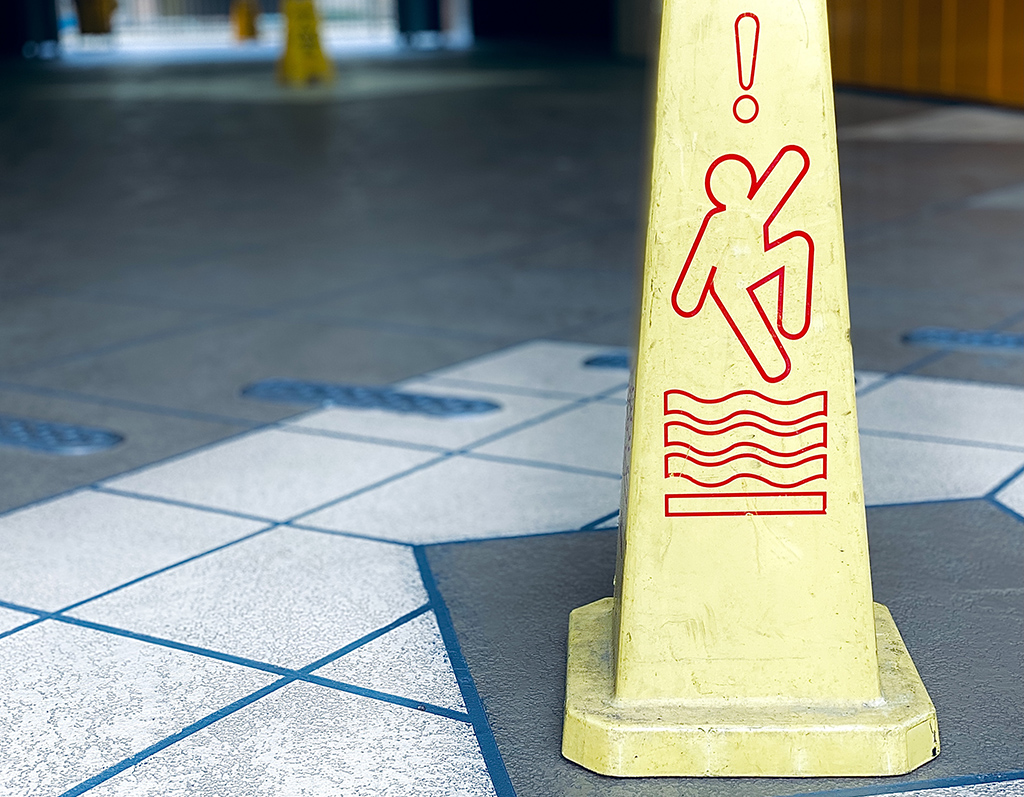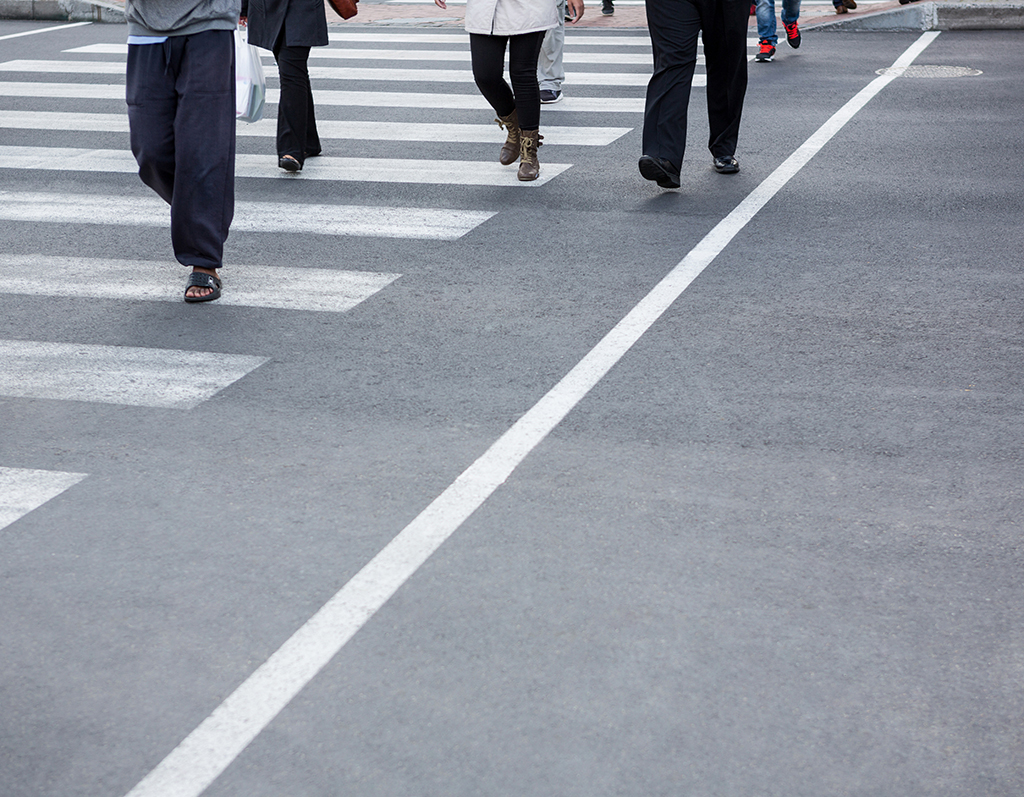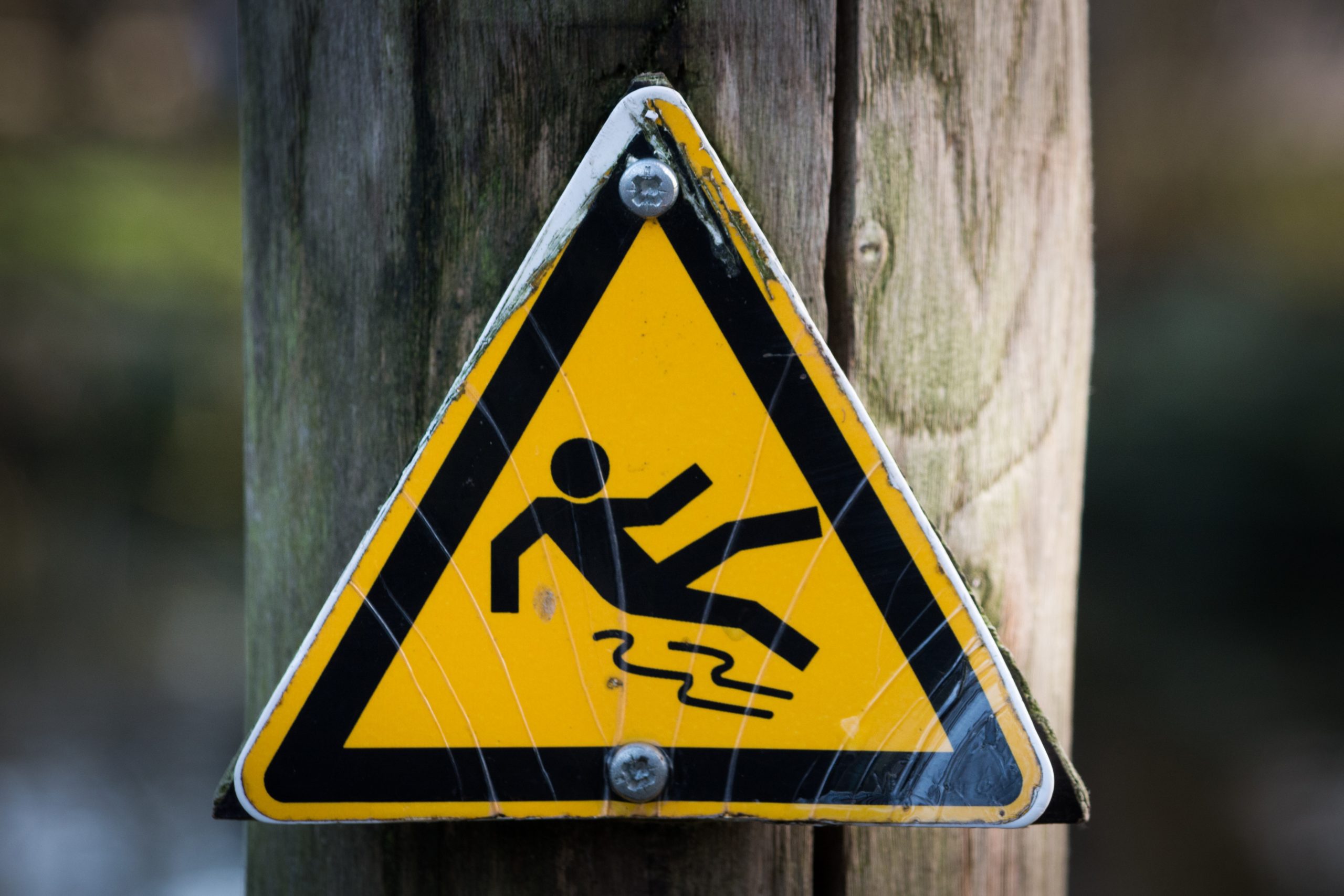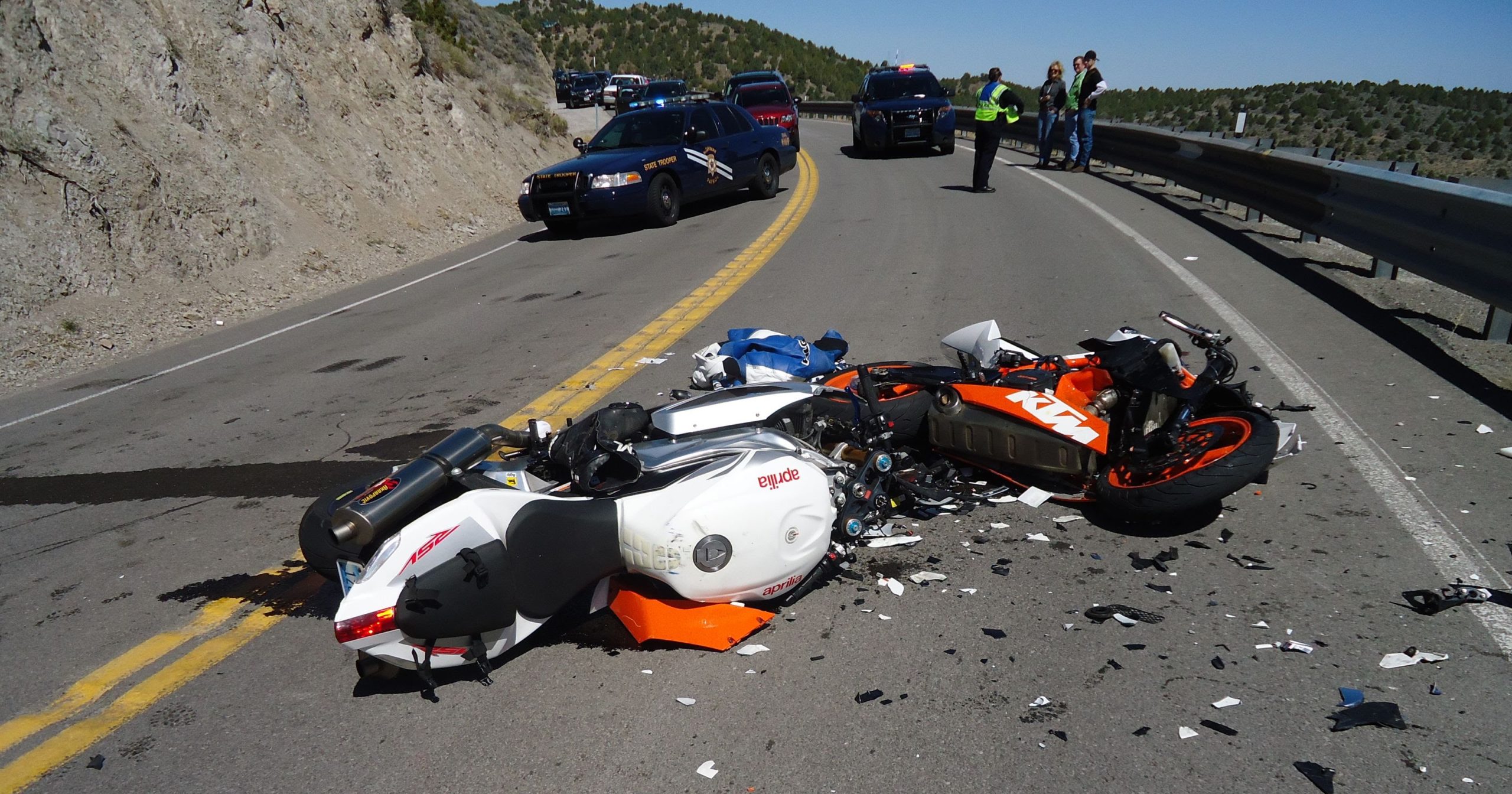Slip and fall accidents happen a lot in workplaces. It is the responsibility for companies, business owners, and employees to take as many precautions as possible to avoid a slip-and-fall catastrophe.
Below are 5 ways to avoid a Slip-and-Fall accident in your own workplace:
- Ensure Design Safety Standards
The main aspect that companies should consider to avoid slip and fall accidents is to give a good design of the workplace. Good design not only focuses aesthetically, but also adheres to design standards such as limiting the number of workplace hazards and obeying universal design standards such as proper access, signs, and carefully planned walkways.
Below are a few design strategies that can prevent a workplace from becoming a slip-and-fall accident zone:
- Ensure entryways are equipped with non-slip mats
- Maintain sufficient lighting in work areas, pathways, etc.
- Mark steps, ramps, and other potential hazards with reflective material or colors
- Follow OSHA standards concerning the railing, coverings, toe boards, etc.
- Develop Safe Procedures to Avoid a Slip and Fall Accident
Accidents involving falls can occur anywhere. That covers workplaces including offices, schools, and construction sites. Considering this, it is crucial to create OSHA-compliant procedures in order to foster a safe environment. Examples are:
- Properly ventilating exhaust fumes, dust particles, and other hazardous airborne contaminants.
- Check for loose electrical wiring, cords, etc., that create unsafe walking conditions.
- Continually update and review standard operating procedures to ensure safety compliance.
- Maintain Property
Without a groundskeeping/housekeeping team in place, your workplace’s efforts to build a safe environment and processes are vulnerable to failure.
- Prepare for Inclement Weather
Snow, rain, and other forms of inclement weather can produce hazardous conditions for any workplace. All employees/staff should be prepared and trained on best practices for worst case scenarios. Moreover, companies should have a safety plan for dealing with snow, rain, etc.
- Remind Employees to Avoid Activities that May Lead to a Slip-and-Fall Accident
Companies must provide safety training to employees during onboarding and throughout the entire employment. Engaging in certain activities that may cause accidents such as a slip-and-fall one should be avoided or be done with caution. At the end of the day, the health and the general well-being of the staff is what matters.c
If you or a loved one has suffered an injury in a slip-and-fall accident, do not hesitate to contact Darfoor Law Firm for a free consultation and case evaluation. Contact us at +1-833-327-3667.











